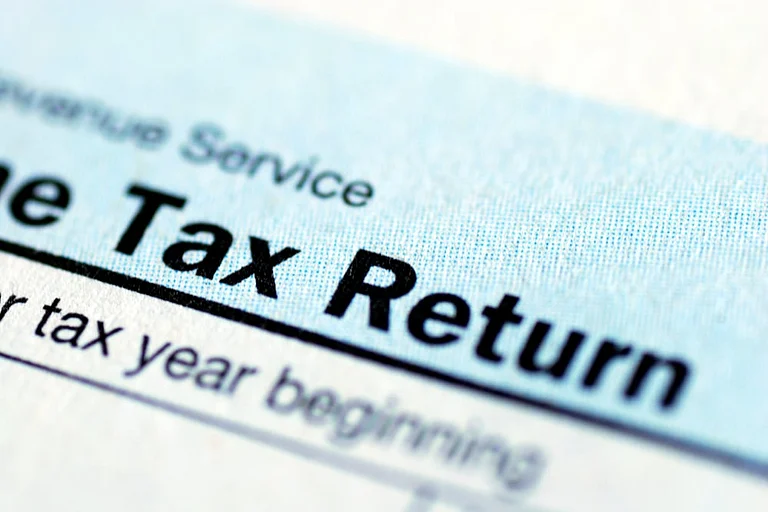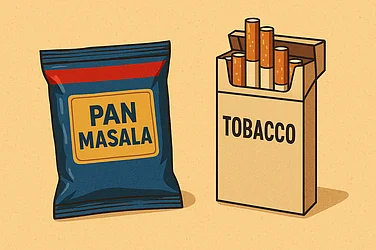The tax filing season is back, and for salaried employees, that means pulling out salary slips, investment proofs, and logging into the income tax portal. If it feels repetitive, that is understandable. But this year, a few things are different, and some of them can impact your tax liability or delay your refund if not handled right.
Here is a closer look at what’s changed, what has not, and what to be mindful of as you prepare to file your return for FY 2024–25 (AY 2025–26).
1. The Tax Regime Question Is No Longer Optional
Earlier, the default used to be the old tax regime with its many deductions, exemptions, and all. Now, it's the new tax regime that kicks in automatically unless you actively choose otherwise. So, if you have not told your employer or haven’t made that choice at the time of filing, you’ll be processed under the new one.
And while the new regime does offer lower tax slabs, it also drops most of the deductions many people rely on. So it is not a question of which is better generally, it’s a question of what works for your situation this year. For some, House Rent Allowance (HRA) and 80C deductions tip the balance in favour of the old system. Others may be better off under the simpler structure.
Best to run both numbers side by side using your Form 16 before making a decision.
2. Extended Deadline
The Central Board of Direct Taxes has extended the deadline to file your income tax return this year to September 15, 2025 from the usual July 31 date.
This has been done in view of some recent changes announced in ITR forms and utilities this year.
3. Changes in ITR 1 and ITR 4
Though changes have been introduced in almost all ITR forms, the one that matters most for salaried employees is the tweak in ITR 1 and ITR 4 forms related to the reporting of income from capital gain (listed equities).
Now, salaried taxpayers and individuals under the presumptive taxation scheme who have long-term capital gains (LTCG) of up to Rs 1.25 lakh in a financial year, will have to file ITR-1 and ITR-4, respectively. Previously, those who wanted to report capital gains (persons or entities) were required to file ITR-2.
4. Don’t Just Rely on Form 16, Double-Check Everything
Yes, Form 16 is still the go-to for salaried taxpayers. It lays out your salary, TDS, and a breakdown of tax calculations but there’s more to check now.
You also need to look at your Form 26AS and Annual Information Statement (AIS). These forms pull in other income sources, like interest on Fixed Deposits, dividends, rent, or mutual fund redemptions. This data comes from banks, brokers, and other third parties, and if it doesn’t match what you file, it can trigger a mismatch flag.
If the AIS has incorrect info, the tax portal now has a feedback mechanism where you can dispute or request changes. This feature is worth using, especially if something seems off.
5. Choose the Correct ITR Form (It’s Not Just About Salary)
It is easy to assume that if you have a salary and nothing else, ITR-1 is the right form. That is mostly true, if your total income is under Rs 50 lakh, and you have just one house property and maybe some basic savings interest.
But if you have traded in shares, booked capital gains, or earned rent from more than one property, you need to file ITR-2 as well. Filing the wrong form can get your return marked defective, which could be a hassle to fix later.
6. Have Income From Other Sources? Even The Small Bits Matter
The interest you earn on savings accounts, fixed deposits, or even tax refunds, it all counts. These often get missed, especially if the amounts seem too small to bother with. But the tax department sees it all now, thanks to data reporting from banks and mutual funds.
Not disclosing these, even unintentionally, can lead to questions or penalty notices. Better to include everything upfront.
7. Tax-Saving Investments Still Have a Role, With or Without Deductions
Under the new regime you cannot claim basic deductions and exemptions like Section 80C or HRA. But that doesn’t mean investments like PPF, ELSS, or NPS have no value anymore. These are still solid long-term savings tools.
PPF, for instance, offers tax-free returns. ELSS funds can grow your wealth over time. And many of these instruments come with a lock-in period, which indirectly helps keep your savings intact through market highs and lows.
Even if they don’t cut your tax this year, they could still serve your future goals.
8. Planning to Claim HRA? This May Influence Your Regime Choice
If you are paying rent and eligible to claim HRA, you might find that the old regime, despite its paperwork, still works out better. If you are not eligible, or the exemption is minimal, then the new regime could be cleaner and more tax-efficient.
There is no universal answer. It comes down to the numbers that work in your favour.
9. Expect Refunds? File Early and Double-Check for Errors
If you have had more tax deducted than needed, say, through excess TDS or advance tax, you can get it back, but only if your return is clean and correct.
Discrepancies between Form 16 and Form 26AS can delay things. So can entering the wrong bank account or skipping the e-verification step. If you mess up, the good news is you can revise your return later but only within the same assessment year.
10. Most Importantly
Over the past few years, the tax department has become a lot more data-driven. A lot of the scrutiny is now digital which means mistakes, omissions, or inconsistencies can get flagged even if they are unintentional.
So while it may be tempting to treat ITR filing as a yearly chore, it is worth slowing down this time around, double-checking documents, using the correct form, and filing well before the rush at the end of the deadline.















